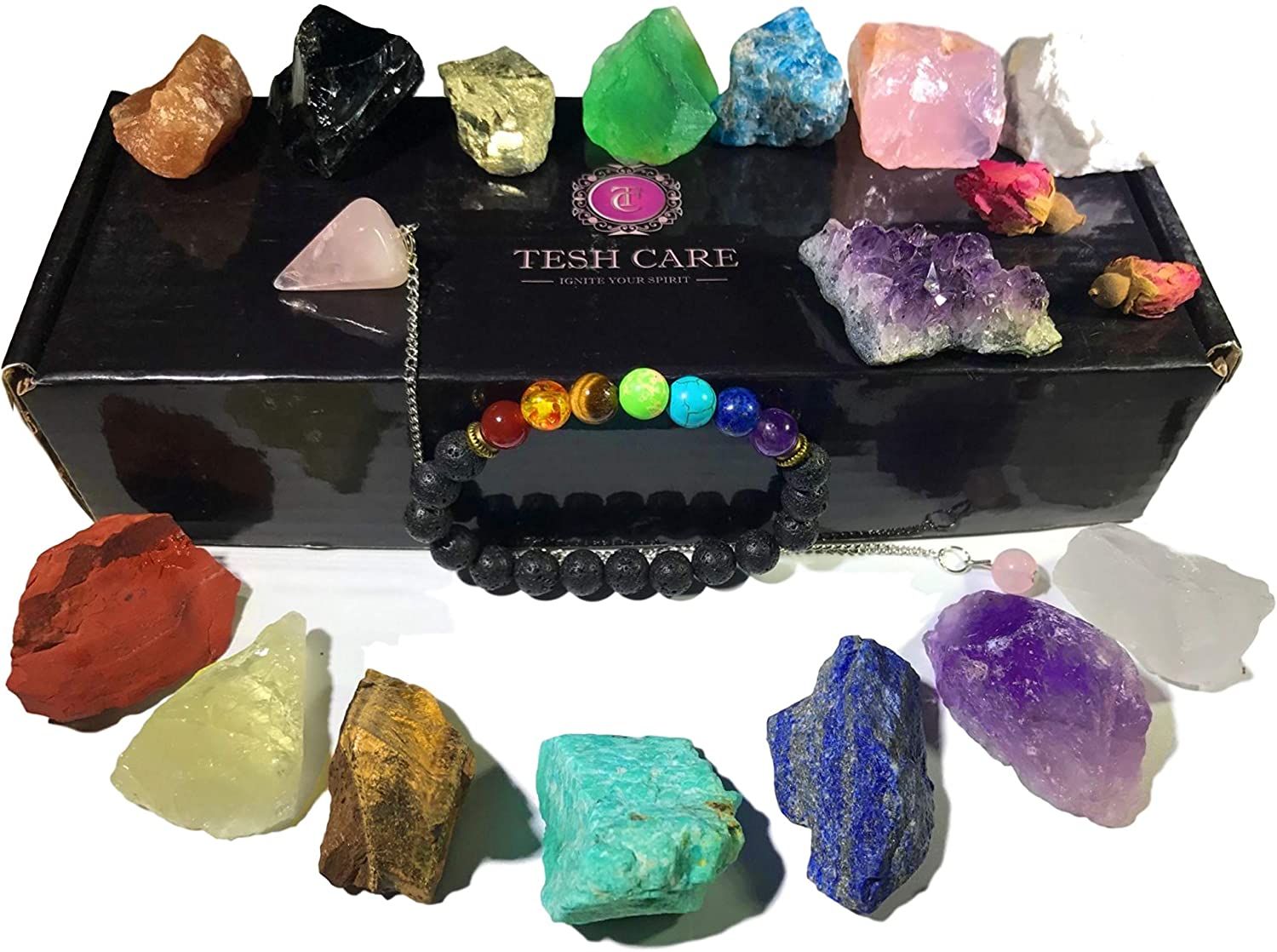The Mineral Energy Initiative (MIE) of Gemological Institute Of America (GIA) finds out it's possible to turn "healing" crystals into fuel for produce energy, and it might be a new advancement in the production of energy related to minerals
This is a satirical website. Don't take it Seriously. It's a joke.
2059 8192 Shares

The Mineral Energy Initiative (MIE) of Gemological Institute Of America (GIA) finds out it's possible to turn "healing" crystals into fuel for produce energy, and it might be a new advancement in the production of energy related to minerals.
When he was studying, he came to understand that energy is at the center of everything in our world, and that energy is produced through processes in Earth. When people talk about energy, they're talking about the conversion of the chemical energy of the food we eat, into the chemical energy of the muscles that give us energy to keep going.
We also talked about minerals. Some minerals occur naturally, but others are extracted. As a matter of fact, we can separate the natural minerals from the minerals that we find in fossil fuels. And this separation is the focus of a new program at the Mineral Institute of the Gemological Institute of America (GIA).
It's called the Mineral Energy Initiative (MIE).
And the program's director, Dr. Rona R. Fink, Ph.D., GIA, says the goal of the MIE program is to create a new mineral industry. It's something that's in our Earth that we don't know about. And when we discover something that's new, we call it a mineral, so we know that the process to produce that mineral is something that's entirely different than the way we produce the mineral now.
"The reason to start this mineral program was to change the focus of research from the way the mineral deposits are obtained. That is, in the past, people were interested in how to get the minerals out of the Earth, and not how the minerals come into the Earth," says Dr. Fink. "With this program, we start from the other end. The other end of the process is the part that determines how the Earth moves into the human. And it turns out, that this part can produce energy too."
Dr. Fink is a research geochemist who joined GIA at the start of 2011. And she was asked to direct the MIE project at the end of last year.
In her first two years, she's managed to secure some funding to fund a study that has a goal of producing the first synthetic diamonds. She says that the first step in achieving this is to prove that the process will create diamonds at all, and that there will be enough of them to consider producing them.
She says this could be a big breakthrough in the mining industry.
"I think this could be the most important step in mineral industry in decades, because there is nothing like this that has been possible so far," she says. "There are people who have tried to simulate, but this has never been achieved in the laboratory."
The next step for the MIE program is to figure out the best way to produce diamonds, and to see if that has any environmental implications.
"The process to produce diamonds is one that needs a lot of energy, and that energy has to come from the Earth," she says. "So, it has the potential to be quite dirty. So, what we need to determine now is whether this process will be a net energy producer or whether it will be a net energy consumer, and how it will impact the environment."
Another area of interest is understanding the chemical and biological processes that the diamonds undergo. This is something Dr. Fink says the MIE project will be looking at, using a variety of techniques. One thing is to look at what happens to the diamonds, the other is to look at what happens to the diamond-forming material.
"The material may be very interesting in the minerals area and it could be very useful in bioceramics," she says. "But you really need to understand what's going on in the laboratory, and you need to understand what will be going on in the environment."
As Dr. Fink continues to work on the MIE project, she says the biggest step forward in the field is the team.
"It's not only a challenge for the academic side, it's also a challenge for the companies that are involved," she says. "To bring together different areas of expertise is quite a task, and so far it's going very well."
To learn more about the MIE project, visit www.mie.ri.cmu.edu.
This is a satirical website. Don't take it Seriously. It's a joke.
Most Popular
-
1
trudeau approves new canadian flag design Rumor has it Canadian prime minister Justin Trudeau, working closely with The Honourable Pablo Rodriguezo, Canadian Heritage minister and Quebec Lieutenant, have finalized the new flag design. Trudeau stated "We are very excited to unveil this updated design which better reflects the direction we are moving the country to" Once approved, unveiling is to take place this year on Canada day.